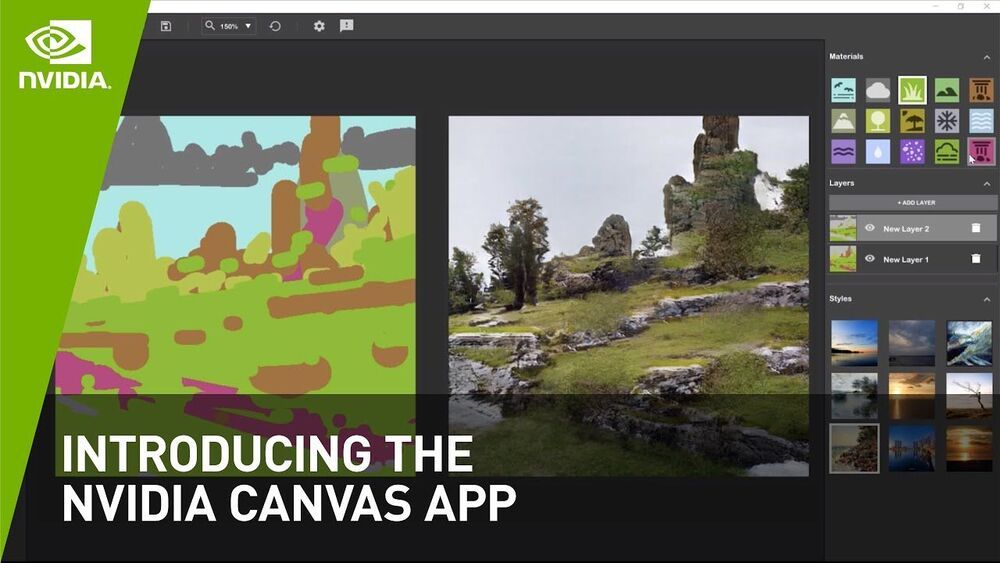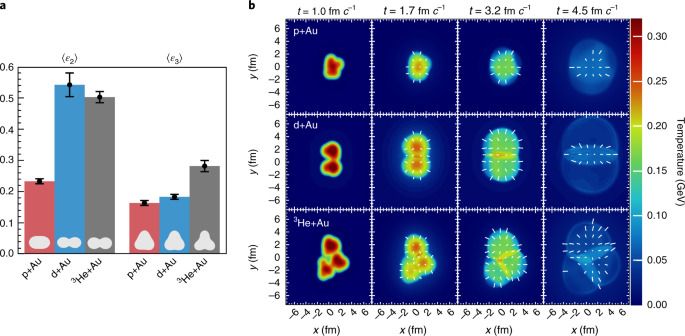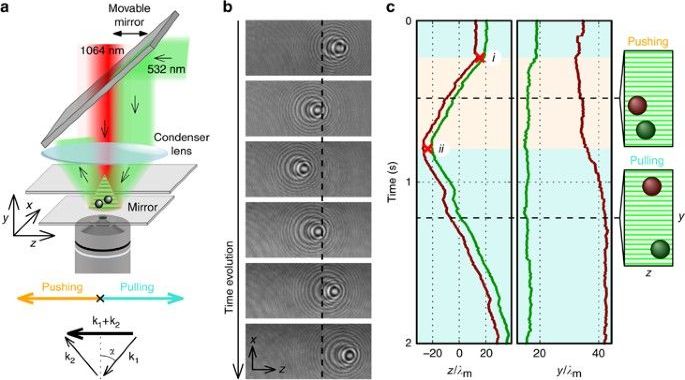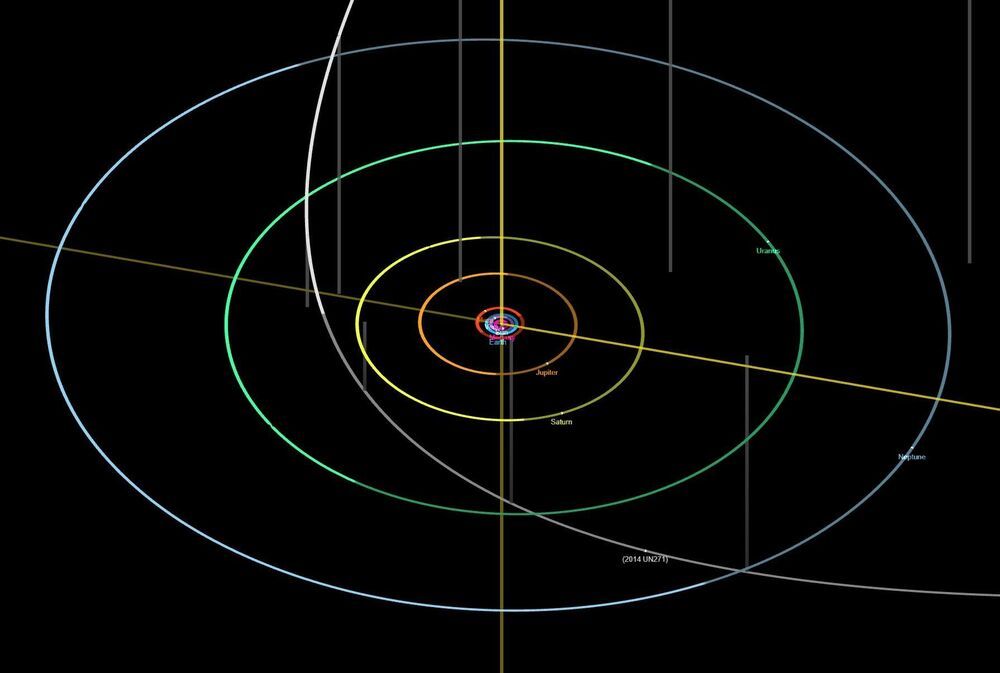
Warren Buffett said Wednesday he will donate $4.1 billion worth of Berkshire Hathaway shares to five foundations, and that he will resign as the trustee at the Bill & Melinda Gates Foundation.
This year’s donation marked the halfway point for the 90-year-old Oracle of Omaha, who in 2006 pledged to give away all of his Berkshire shares through annual gifts to Bill & Melinda Gates Foundation, Susan Thompson Buffett Foundation, Sherwood Foundation, Howard G. Buffett Foundation and NoVo Foundation. Back then, Buffett owned 474998 Berkshire A shares. Today, he said he owns 238624 shares, worth about $100 billion.
“Today is a milestone for me,” Buffett said in a statement. “In 2006, I pledged to distribute all of my Berkshire Hathaway shares — more than 99% of my net worth — to philanthropy. With today’s $4.1 billion distribution, I’m halfway there.”


















